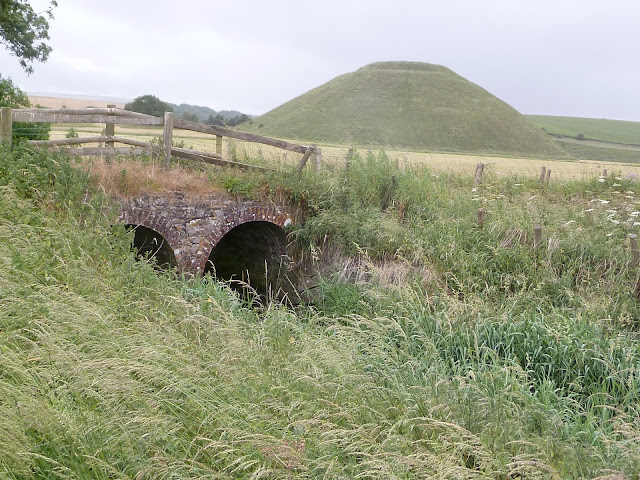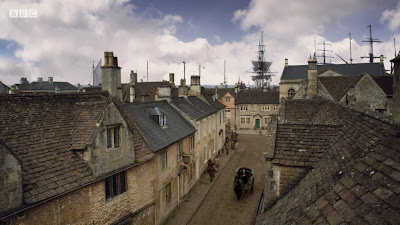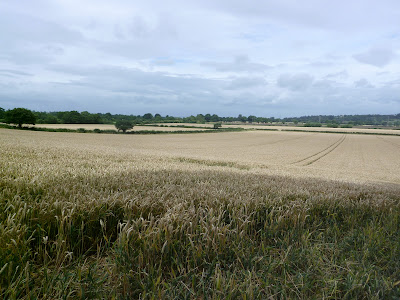Down below our greensand ridge to day, the wheat smells almost ready to harvest, a smell that takes me back to childhood. Crushed where deer have slept, there is a nutty, floury dry sweetness in the air despite the breeze. On the other side of the track the cattle rush to greet me: it is rare to see anybody down here, so they assume something good is going to happen, such as extra food or a salt lick. This is how we should treat our livestock, out in herds on fresh grass. Too often cattle are kept cooped up in megabarns, a miserable life just so that we can eat cheaply. Cheap? Cheap food might just cost us the earth. Too many people eating too much, relying on antibiotics to keep crowded livestock healthy. There are genuine concerns that antibiotic resistance is on the way, which will mean more than just the end to cheap meat. It would mean an end to many operations and some chemotherapies for human beings. Yet our local butchers, R Douse & son are no more expensive than






